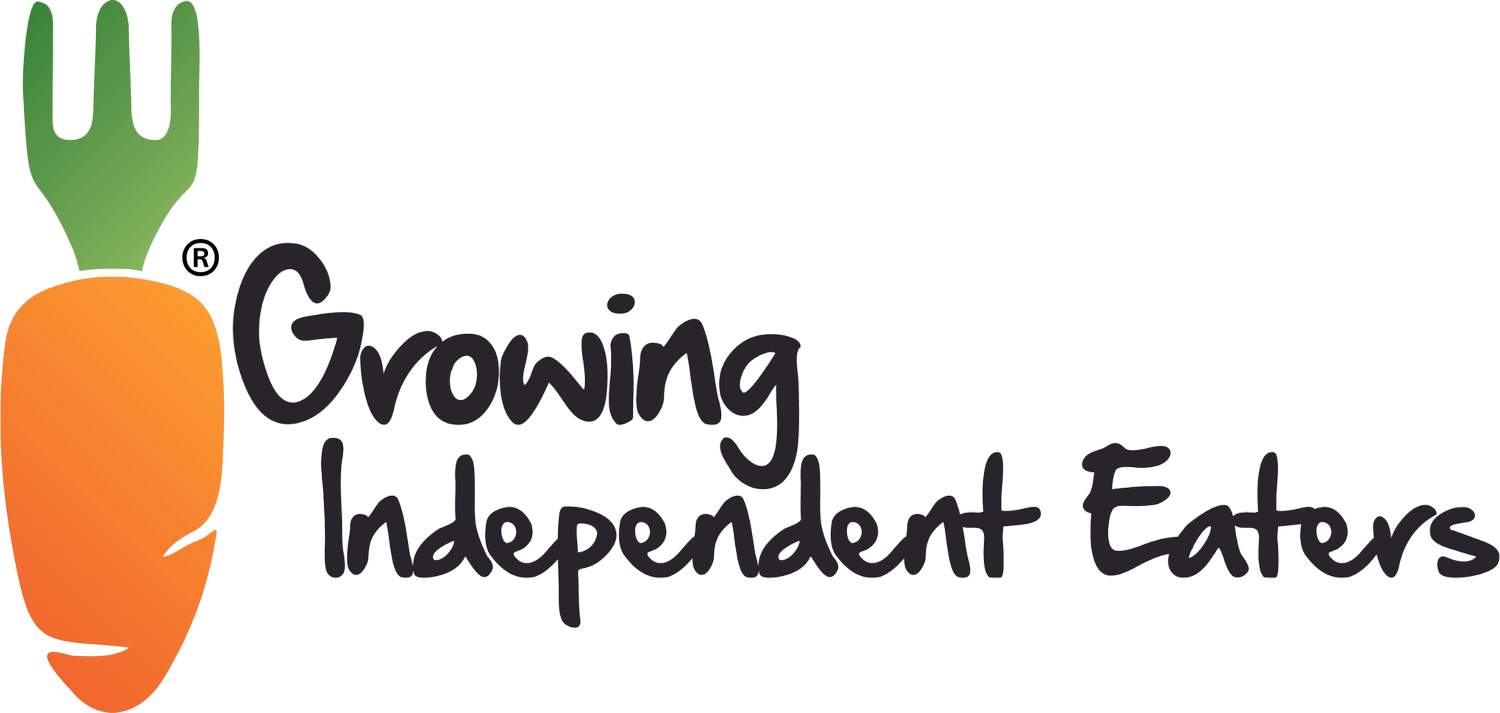Elisabeth Kraus, MiT, Parent and Family Coordinator
There is a common misperception when it comes to determining whether or not your child is ready to begin weaning from his or her feeding tube, and it is this: “Your child must be able to show that he or she can eat substantively before we begin to wean him or her from the feeding tube.”
Now, as well intentioned as this philosophy is, we believe that it skips over a fundamental principle in pediatric feeding – that eating is a skill that develops over time and with a lot of practice. No baby is born with the ability to eat steak; rather, we expect that over time, as the baby learns to drink and mash and chew – and chew better – and swallow, that he or she will eventually grow towards being able to eat well-rounded meals of varied textures and offerings. Just as any other skill, we recognize that learning to eat is a process. And kids learn to eat…by eating.
Think about it this way:
Imagine trying to determine if your child was ready to walk by keeping her in a car seat all day long, taking her out only for an hour each day to see if she can demonstrate the walking skills necessary to keep her from falling and bumping her head. Any parent knows that this is not a very effective approach – nor will it help your child to learn the skills you want her to learn. We know that walking doesn’t start automatically; instead, it’s a skill that develops over time and with practice. It starts with rolling over and grows towards scooting, crawling, pulling to stand, wobbling, plopping down, standing independently, a step here or a step there, lots of bonks and trips and falls until, with enough time and practice, your child is able to walk, run, jump, skip, and climb safely. Learning to walk takes time, patience, joy and practice – and so does learning to eat.
This means that, if your tube-fed child is not demonstrating eating skills pre-wean, that is ok! We don’t expect a child who isn’t eating to know how to eat (just like we don’t expect a child who isn’t walking to all of a sudden stand up and sprint). Eating skills like mashing, chewing, moving food around in the mouth, and swallowing are developed over time and with practice. And time and practice start when weaning does.
So rather than examining your child’s eating skills to determine readiness for a wean, here are some other things to look at instead:
Medical stability:
One of the criteria we look at when determining if a child is ready for a tube wean is medical stability. To assess this, we ask questions like,
“Are the issues that lead to the tube resolved? Or at least well-managed?”
“Does the child have a safe swallow? Assessed either by a swallow study (which doesn’t tell the whole story, as we explain here) or by a qualified team member (like a feeding therapist or a doctor).”
“Are there any upcoming surgeries?”
“Are there any medical issues that still need investigating (such as unexplained weight loss, etc.”
“Is the child maintaining his or her growth curve – wherever that might be on the charts?”
“How does the child respond to current mealtime offerings?”
Of course, there are other dynamics to consider, but these are a few questions to ask when examining medical readiness for a tube wean.
Parental readiness:
We often tell parents that weaning themselves from the feeding tube will likely be harder than weaning their child. Because over the process of tube feeding, mealtimes become anxiety-ridden in such a way that even the way we talk about meals is medical, as opposed to relational and nutritional. The fear of “but what if my child can’t wean” is real and valid. And weaning itself can be triggering and scary.
But you, the parent, will know that you’re ready to begin a program when all of that anxiety is overshadowed – even just a smidge! – by the excitement of what can be when you get to the other side. When the anticipation of holiday meals or the excitement geared towards watching your child happily explore new tastes and textures – when all of that is just a little, tiny bit greater than the anxiety you feel? That’s when you know you’re ready.
So, be at peace realizing that “knowing how to eat” is not a prerequisite to “learning how to eat.” None of us come into the world with oral motor skills that are fully developed; rather, we learn over time. And your child will likely do the same!
Kids learn to eat by eating, and eating will likely begin when weaning does. So until then, enjoy fostering safe and happy mealtime dynamics, and trust your child’s refusal. Allow him to play and explore, pressure-free, recognizing that weaning will let him out of the proverbial car seat (as mentioned above) and give him the space and opportunity to grow the skills you so desperately want him to.
Growing Independent Eaters recognizes that children struggle to eat and drink for varying reasons. We created our Happy Eaters program to support families as they help their children move towards safe, happy, empowered, and age-appropriate eating.
No matter where your family is, we are here to help you – the parents – make your family mealtimes the best they can be.
To read more about our program and pricing, click the button below.

